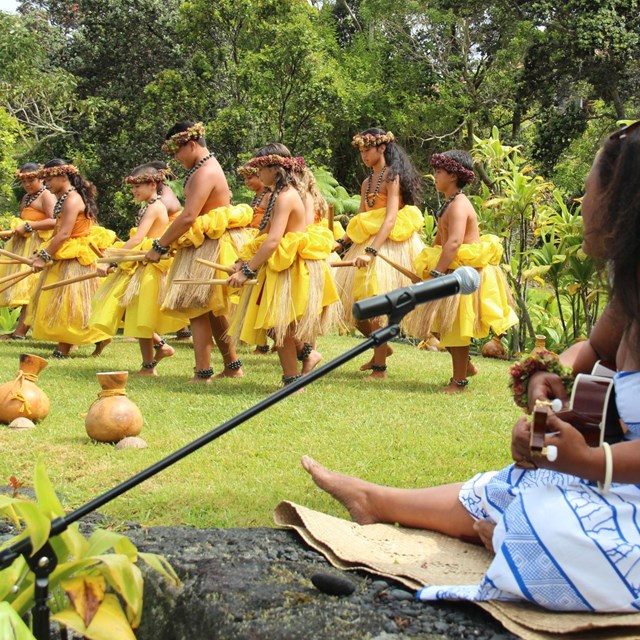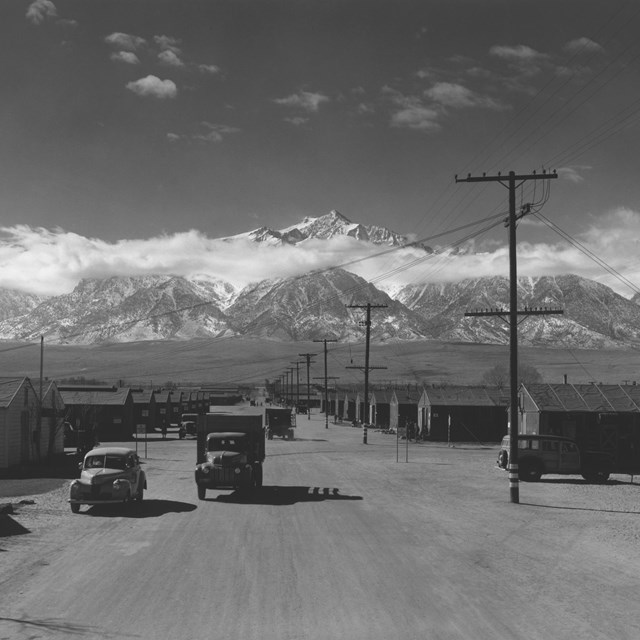Last updated: June 22, 2020
Article
National Park Getaway: Minidoka National Historic Site
By Emily Teraoka, Curatorial and Research Assistant, Minidoka National Historic Site
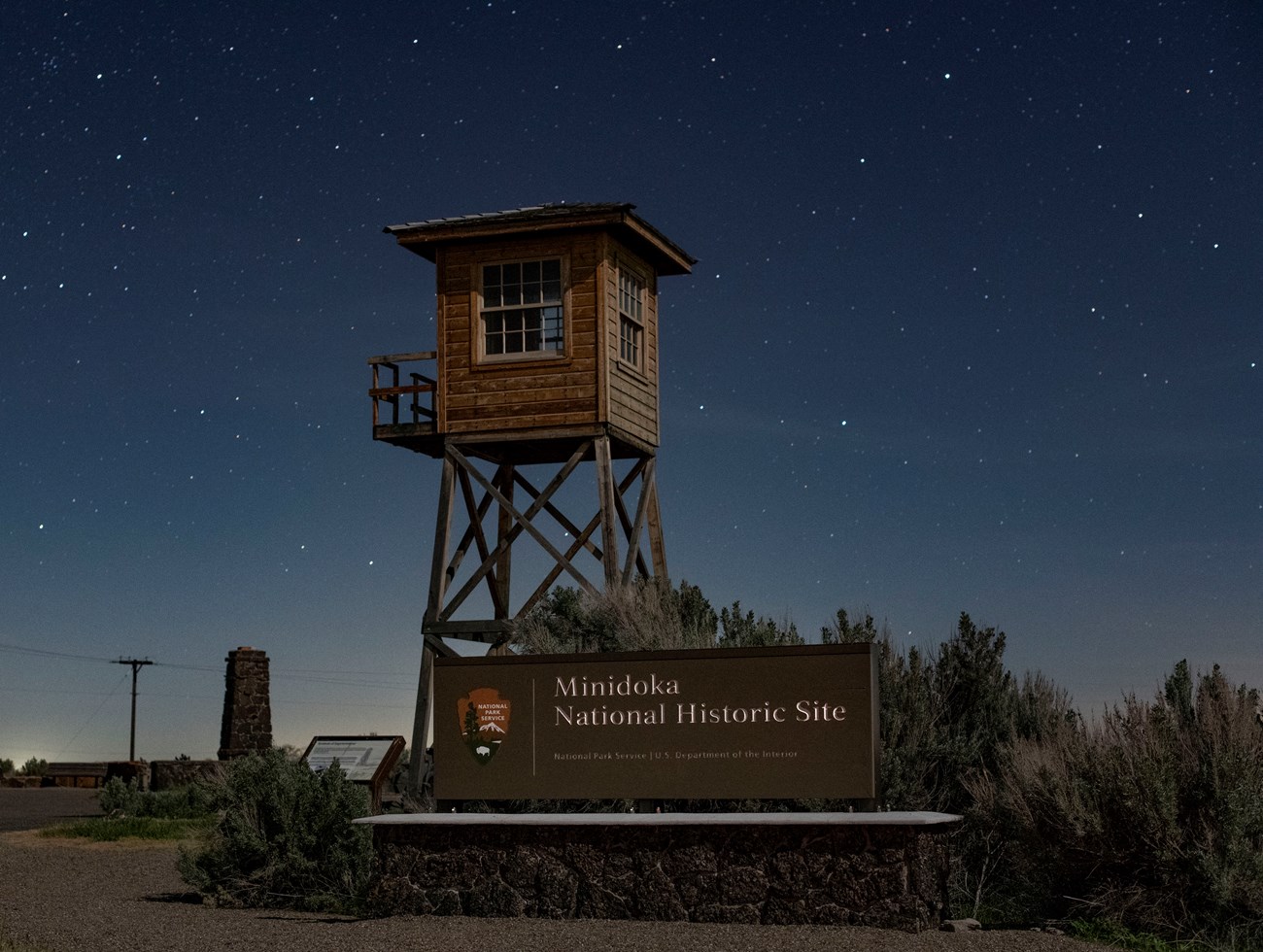
NPS / Stan Honda
“An enemy race”—this is how Western Defense Commander John L. DeWitt characterized people of Japanese ancestry during World War II. He insisted that even those who had been born and raised as US citizens posed a threat because their Japanese “racial strains” were “undiluted.”
With the authorization of President Franklin D. Roosevelt’s Executive Order 9066, DeWitt ordered the removal of all Japanese Americans from the West Coast in the spring of 1942. Allowed to take only what they could carry, they were forced to abandon their homes and livelihoods as the US Army transported them to some of the most desolate places in the country. In total, about 120,000 people of Japanese ancestry were imprisoned without due process of law.
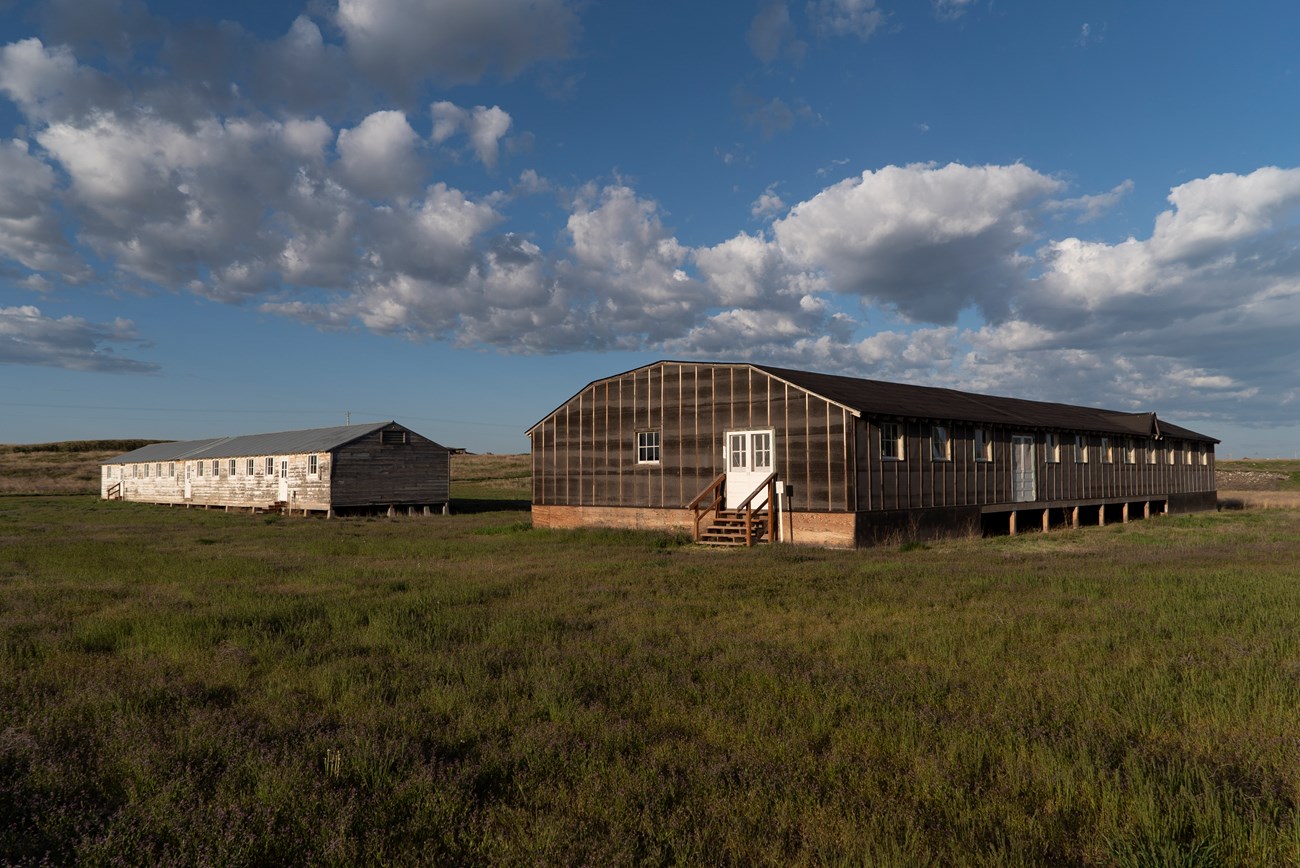
NPS / Stan Honda
Today, Minidoka National Historic Site preserves the former Minidoka War Relocation Center where 13,000 Japanese Americans—mostly from Alaska, Washington, and Oregon—were held from 1942 to 1945.
Despite the harsh conditions of these camps, people salvaged their lives as best they could by forming schools, community organizations, and small businesses. They even ran a camp newspaper to keep abreast of important events and found solace in gardening, baseball games, dances, and church services.
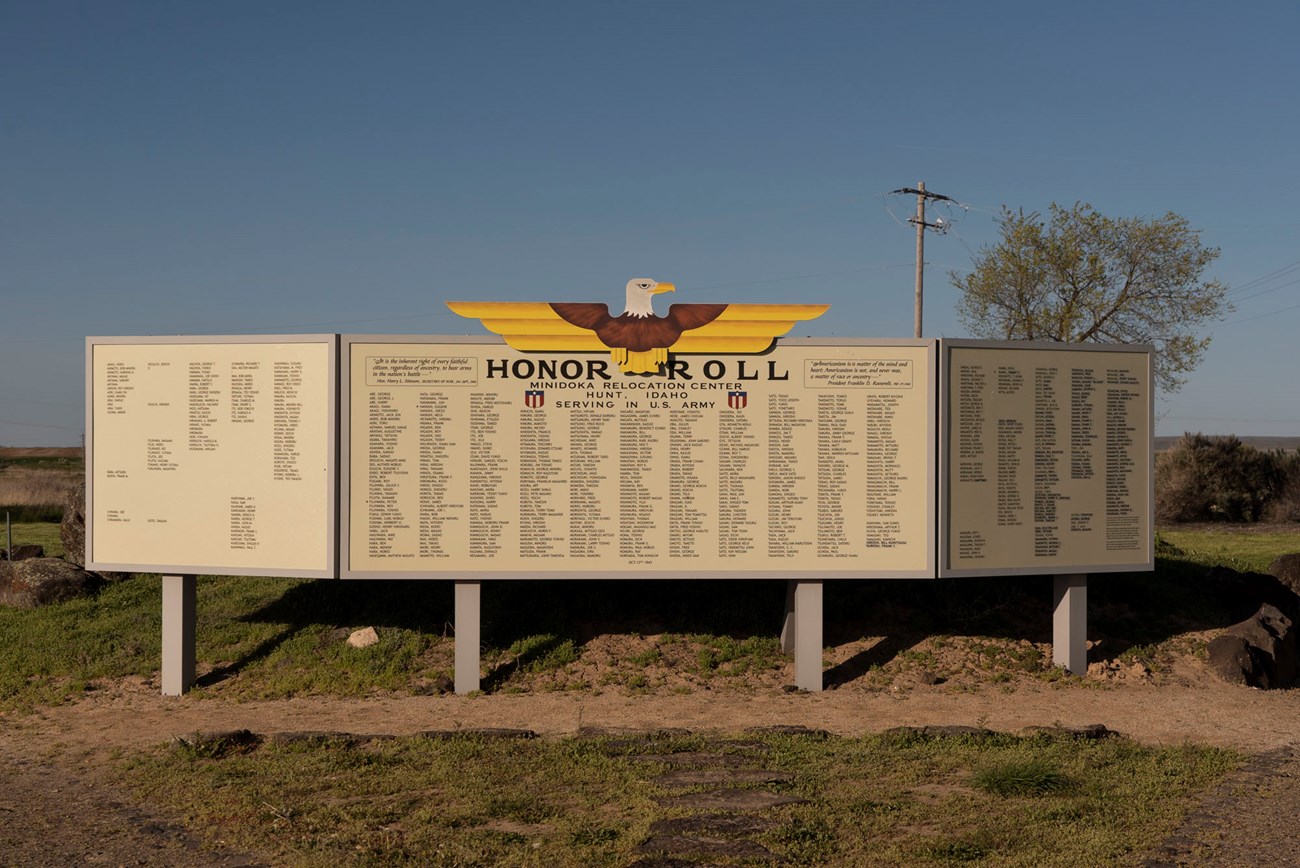
NPS Stan Honda
Visitors are invited to walk the site’s 1.6-mile trail on a self-guided tour. Twenty-seven outdoor exhibit panels provide information on the historic structures that remain: a fire station, which was staffed by a crew of incarcerees; a mess hall where people communed for their meals; a military-style barrack, which served as sleeping quarters for six families; and the original entrance station, which was guarded by military police. Reconstructions also help provide context for this complex history. For example, a reconstructed guard tower lends itself to the imagination, and visitors may note the irony of a barbed wire fence next to the camp’s honor roll, which memorializes the incarcerees who left Minidoka to serve in the US military during the war.
In February 2020, Minidoka opened a state-of-the-art visitor contact station. Adapted from a historic warehouse from the camp, the contact station offers an exhibit enhanced with interactive media, as well as a 17-seat theater for viewing the park’s orientation film. Those who visit the contact station will have the opportunity to see artifacts from the Minidoka Museum Collection: letters, toys, artwork, and other items that were used or crafted by incarcerees and provide further insight into camp life.
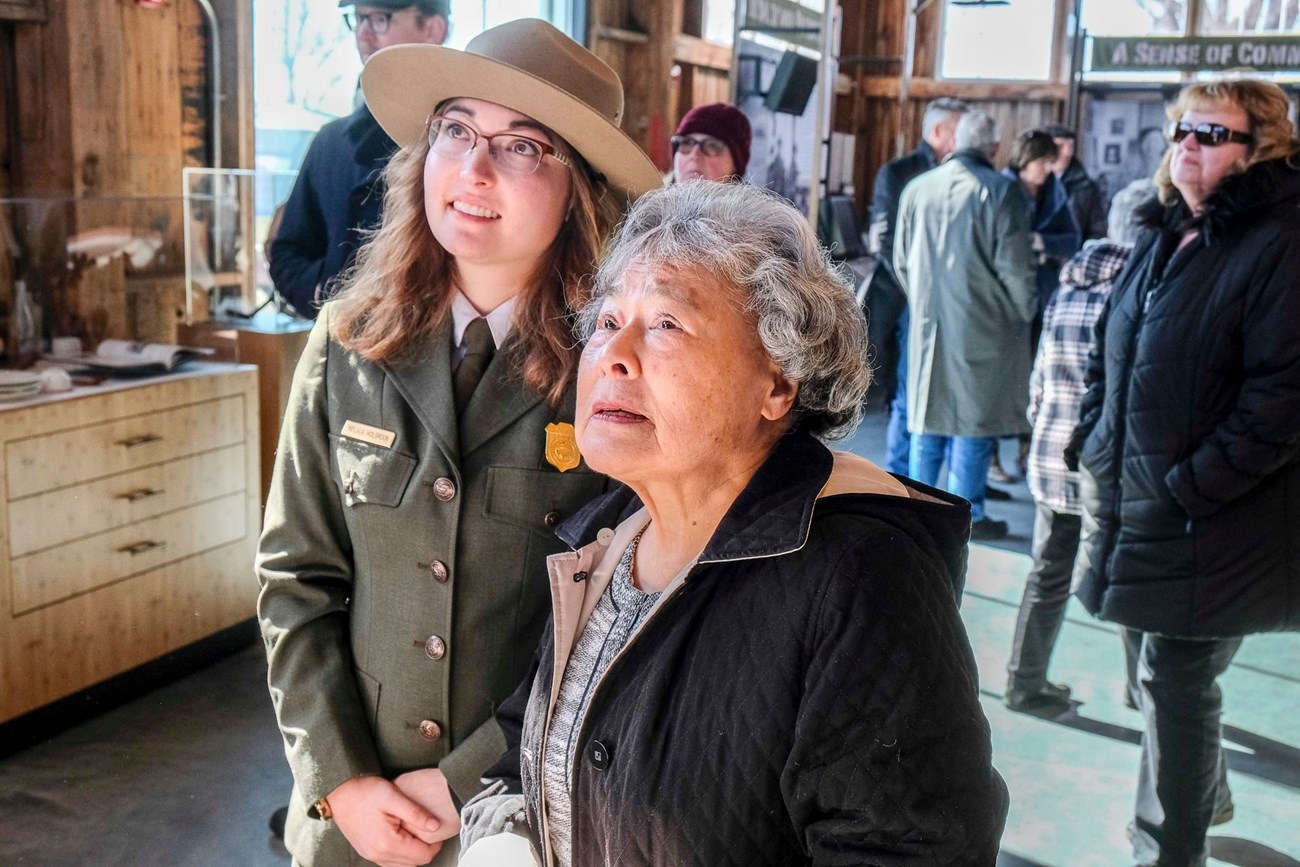
NPS / Richard Alan Hannon
Minidoka is one of six sites within the National Park System that preserve and commemorate this dark chapter of American history, along with the former camps Manzanar National Historic Site and Tule Lake National Monument in California, Bainbridge Island Japanese American Exclusion Memorial in Washington state, Honouliuli National Historic Site in Hawaii, and the Japanese American Memorial to Patriotism in Washington, DC. Each offers in its own way an opportunity to reflect—not only on injustice and civil rights but also on civil disobedience, resilience, loyalty, and dignity. They ask what it means to be an American, and they challenge us to uphold our nation’s values.
Located 20 miles from the city of Twin Falls, Idaho, Minidoka National Historic Site can be easy to miss, especially with ski resorts enticing visitors to the north and rock climbing adventures beckoning from the south. It is a worthwhile stop en route to Yellowstone National Park and, more importantly, a heartfelt reminder of what we must not let happen again.
The National Park Getaways series helps people find new places to connect with nature, history, family, and friends. Explore more than 400 unique national parks across the country sharing the nation's diverse natural and cultural heritage and recreational opportunities.

